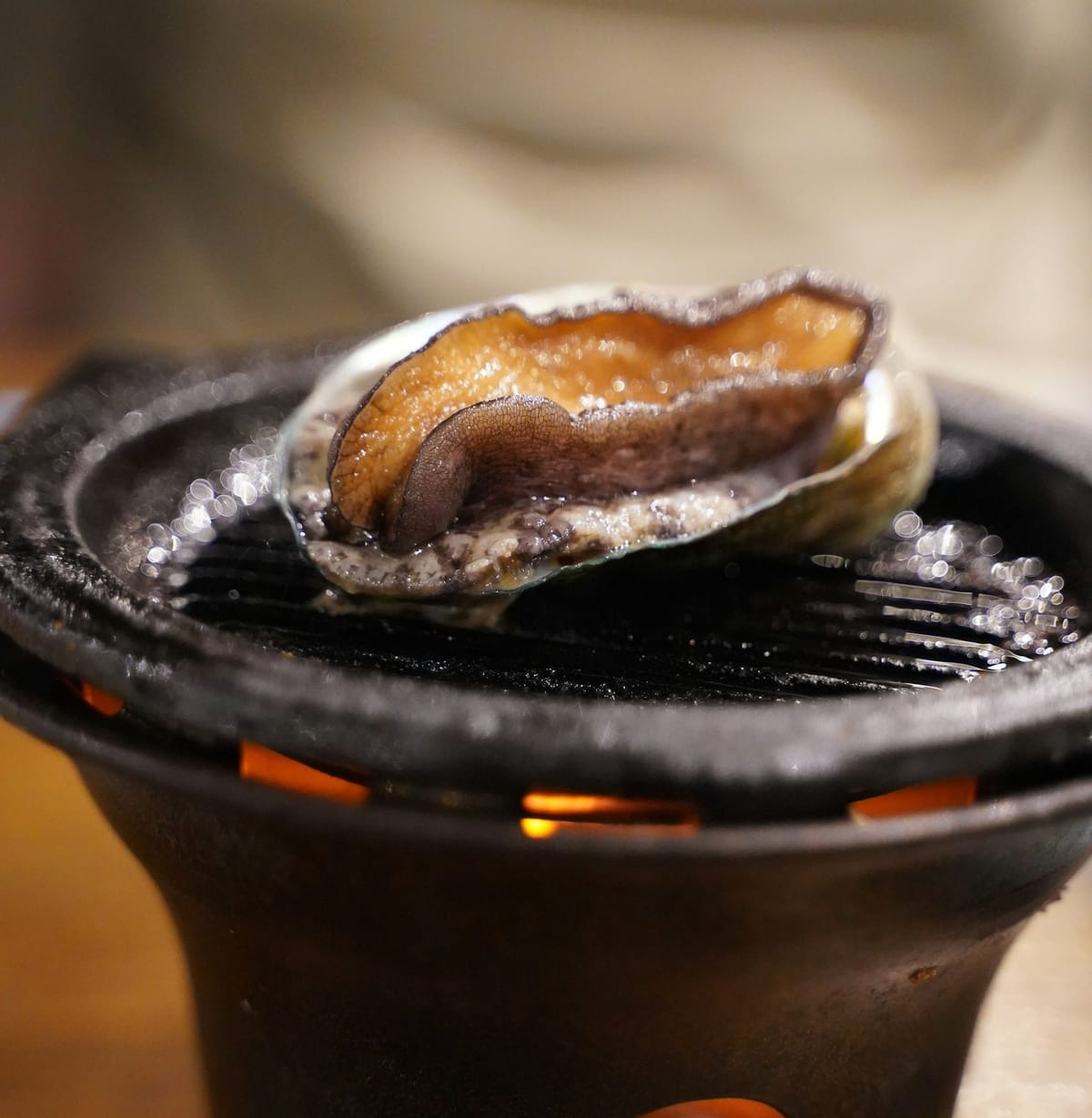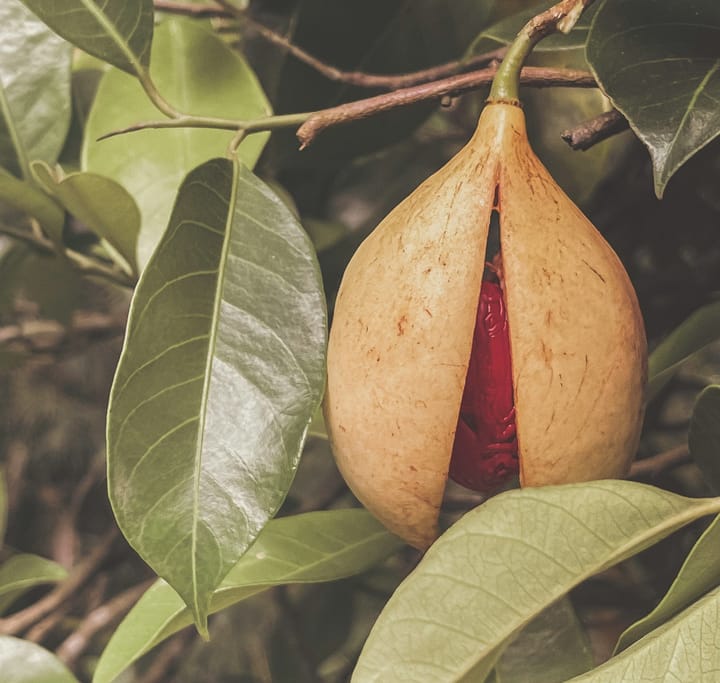Global Premium Dried Abalone: Luxury Brands & Varieties
Dried abalone achieves culinary perfection through dehydration, with Japanese varieties most coveted for their complex flavors. Premium specimens from Australia and California complete the world's most treasured collection, each prized for unique textures and taste profiles.

In the rarefied world of luxury gastronomy, few delicacies command the astronomical prices or cultural reverence of dried abalone.
Often referred to as "the truffle of the sea," these transformed marine mollusks represent the pinnacle of culinary extravagance, particularly in East Asian cuisine where tradition, symbolism, and exceptional flavor converge to create an ingredient truly worthy of its golden price tag.
Why Dried Abalone is so Expensive?
While fresh abalone has its merits, drying transforms this seafood into something far more precious, explaining the huge price difference between fresh and dried abalone.
The drying process removes about 90% of the abalone's water content, meaning one kilogram of dried abalone represents roughly ten kilograms of fresh product.
But the transformation goes beyond simple weight reduction. During the meticulous drying process, which takes days or weeks under controlled conditions, complex proteins break down into flavorful amino acids, sugars caramelize, and new flavor compounds develop.
The result is an ingredient with extraordinary umami depth, remarkable complexity, and a unique texture that fresh abalone cannot match.
Dried abalone also offers practical advantages. Unlike fresh abalone, which requires immediate preparation, dried abalone can be stored for years—even improving with age like fine wine.
Candy Heart
Perhaps most special is the "candy heart" that forms only in dried abalone. This prized center part turns a clear, golden-amber color after proper drying and aging, developing a sweet-savory flavor profile impossible to achieve in fresh abalone.
When sliced, quality dried abalone reveals different textural layers—the firmer exterior giving way to this honey-like center.
This transformation happens as drying concentrates flavors and allows enzymes to break down proteins during aging.
Chefs value this center portion highly, showcasing it in prestigious dishes where each slice reveals the golden heart—proof of the abalone's superior quality and proper processing.
Japan's Supreme Treasures: The World's Most Expensive Abalones

Among dried abalones, Japanese varieties reign supreme in both price and prestige. According to market data, three Japanese premium abalone consistently command the highest prices globally:
Japanese "Net" Abalone (Haliotis gigantea)
The undisputed emperor of expensive abalones is the Japanese "net" abalone (Haliotis gigantea), primarily harvested from Aomori Prefecture.
This variety earns its name from the distinctive net-like pattern visible when the meat is sliced.
With dried specimens commanding an astounding US$2,900 to US$6,400 per kilogram, it stands as the most expensive seafood by weight in many markets.
Several factors contribute to its extraordinary valuation. The species naturally grows larger than many other abalones, producing thicker, more substantial meat.
Its dark brown coloration, resulting from high sugar content, signals the intensity of flavor that develops during drying.
Perhaps most significantly, environmental challenges including seawater pollution have drastically reduced availability, creating a perfect storm of high demand and limited supply.
Culinary experts note that "net" abalone presents the greatest cooking challenge among all varieties, requiring exceptional skill to prepare properly.
This technical difficulty paradoxically enhances its premium status, as only the most accomplished chefs can showcase it optimally.
When properly prepared, it delivers an unmatched depth of flavor with complex umami notes that linger impressively on the palate.
Yoshihama Abalone (Haliotis discus hannai)
The second most valuable variety is Yoshihama abalone from Iwate Prefecture, with dried prices ranging from US$1,100 to US$4,000 per kilogram.
This variety is distinguished by its appearance "like a gold ingot" with a distinctive dried-persimmon coloration and high "pillow edge"—referring to the raised rim around the meat.
Yoshihama abalone earned global recognition for its exceptional quality long before its current premium pricing.
However, the devastating 2011 tsunami significantly impacted production in its native Iwate Prefecture, dramatically reducing availability and driving prices upward.
The remaining production is graded by size, with the largest specimens (19-20 "heads" per catty, a traditional Chinese weight measure of approximately 0.6 kg) commanding the highest prices.
Connoisseurs prize Yoshihama abalone for its perfect balance of tenderness and chewiness—a textural sweet spot that exemplifies ideal abalone qualities.
Its rich flavor profile delivers pronounced sweetness balanced by oceanic mineral notes, creating a complex taste experience highly valued in celebratory cuisine.
Oma Abalone (Haliotis discus hannai)
From the same species as Yoshihama but harvested specifically in Oma town in Aomori Prefecture, Oma abalone completes the trinity of Japan's most expensive varieties.
While specific pricing data shows less granularity, market positioning suggests similar valuations to Yoshihama, in the range of US$1,100 to US$4,000 per kilogram dried.
What distinguishes Oma abalone is its provenance in unusually cold waters that slow growth rates significantly.
This extended development period allows for more concentrated flavor development even before drying begins.
Typically smaller than average (around 10 centimeters), these abalones compensate with extraordinarily tender meat that maintains a satisfying crunch—a textural paradox highly prized by connoisseurs.
In Japanese culture, Oma abalone holds special significance as "noshi-awabi," traditionally prepared as ceremonial gifts symbolizing longevity and good fortune.
Premium Abalones Beyond Japan
While Japanese varieties dominate the upper echelons of the market, several other abalone types deserve recognition for their exceptional qualities, even if they don't quite reach the stratospheric prices of their Japanese counterparts.
Red Abalone: California's Coastal Jewel
The red abalone (Haliotis rufescens) stands as North America's largest abalone species and represents a crucial chapter in California's culinary heritage.
Found naturally along the Pacific coast from Oregon to Baja California, wild red abalone harvesting has been severely restricted since the late 1990s due to population concerns, making farm-raised specimens the primary commercial source today.
What distinguishes red abalone is its remarkable size (potentially reaching 12 inches in diameter) and its distinctively rich, meaty character.
The flesh exhibits a characteristic reddish-brown edge reflecting its shell coloration and delivers a pronounced sea-sweet flavor with buttery undertones.
This depth of flavor allows red abalone to stand up to more assertive cooking techniques like grilling or pan-searing.
Texturally, properly prepared red abalone offers a satisfying chewiness that transforms into a buttery mouthfeel—a quality highly prized by chefs who understand how to properly tenderize and prepare this demanding ingredient.
While dried red abalone exists, it doesn't command the premium prices of Japanese varieties, with most specimens prized primarily in their fresh state where their distinctive character shines most brightly.
Greenlip Abalone: Australia's Aquaculture Success
Greenlip abalone (Haliotis laevigata) represents one of Australia's most successful aquaculture stories, with sustainable farming operations producing consistent, high-quality product.
Native to the southern coasts of Australia, this variety earns its name from the distinctive green line tracing the edge of its shell.
The flavor profile of greenlip abalone distinguishes it from other varieties. Notably milder than Japanese or red abalone, it delivers a more delicate sea essence with subtle sweetness that makes it particularly versatile in the kitchen.
This gentler character allows it to integrate beautifully with other ingredients rather than dominating them.
Texturally, greenlip offers a more tender eating experience compared to many other varieties, requiring less aggressive tenderizing.
This inherent tenderness makes it an excellent candidate for quick-cooking methods that preserve its delicate nature.
While dried greenlip abalone exists in Asian markets, commanding respectable but not extraordinary prices, most production is sold fresh or flash-frozen to preserve its unique qualities.
Blacklip Abalone: Australia's Premium Export
Another Australian native, blacklip abalone (Haliotis rubra) occupies a special place in the premium abalone hierarchy, particularly in Asian markets where its distinctive characteristics are highly valued.
Named for the characteristic black edge along its shell, this variety balances exceptional eating qualities with sustainable harvesting practices.
What distinguishes blacklip in culinary applications is its notably firmer texture compared to many other varieties, including its Australian cousin, the greenlip.
This density provides a distinctively satisfying chew that many connoisseurs specifically seek out.
The firmer texture allows blacklip to maintain structural integrity during the long, slow cooking methods traditional in many Asian preparations.
Flavor-wise, blacklip offers impressive complexity with pronounced umami notes alongside its sea-sweet character.
This umami richness makes it particularly well-suited for preparations involving minimal seasoning where its natural flavor can shine.
While dried blacklip commands higher prices than many non-Japanese varieties, typically in the range of US$600-900 per kilogram, it remains more accessible than the Japanese luxury varieties while still delivering exceptional culinary qualities.
Cultural Significance and Market Forces
The extraordinary valuation of dried abalone—particularly Japanese varieties—cannot be understood without recognizing its profound cultural significance in East Asian traditions.
In Chinese cuisine, abalone represents wealth and abundance, making it indispensable at important banquets and celebrations. In Japan, specific abalone preparations have been associated with ceremonial occasions for centuries.
Market dynamics further intensify these cultural values. Environmental degradation, overfishing, and catastrophic events like the 2011 tsunami have severely constrained supply, while growing prosperity throughout Asia has expanded demand.
The intensive labor required for harvesting—particularly for "net" abalone, which traditionally requires manual collection—adds another layer of expense.
The result is a luxury ingredient that transcends mere food to become a status symbol, cultural touchstone, and culinary experience unlike any other.
At US$6,400 per kilogram for premium dried "net" abalone, it represents one of the most expensive food products on earth—a truly golden treasure from the depths of the sea, transformed through tradition and technique into something extraordinary.
For those fortunate enough to experience these rarefied delicacies, they offer not merely a taste but a connection to centuries of culinary heritage, an experience of flavor impossible to replicate, and perhaps most importantly, a moment of profound appreciation for the remarkable treasures that emerge when nature's bounty meets human ingenuity.


